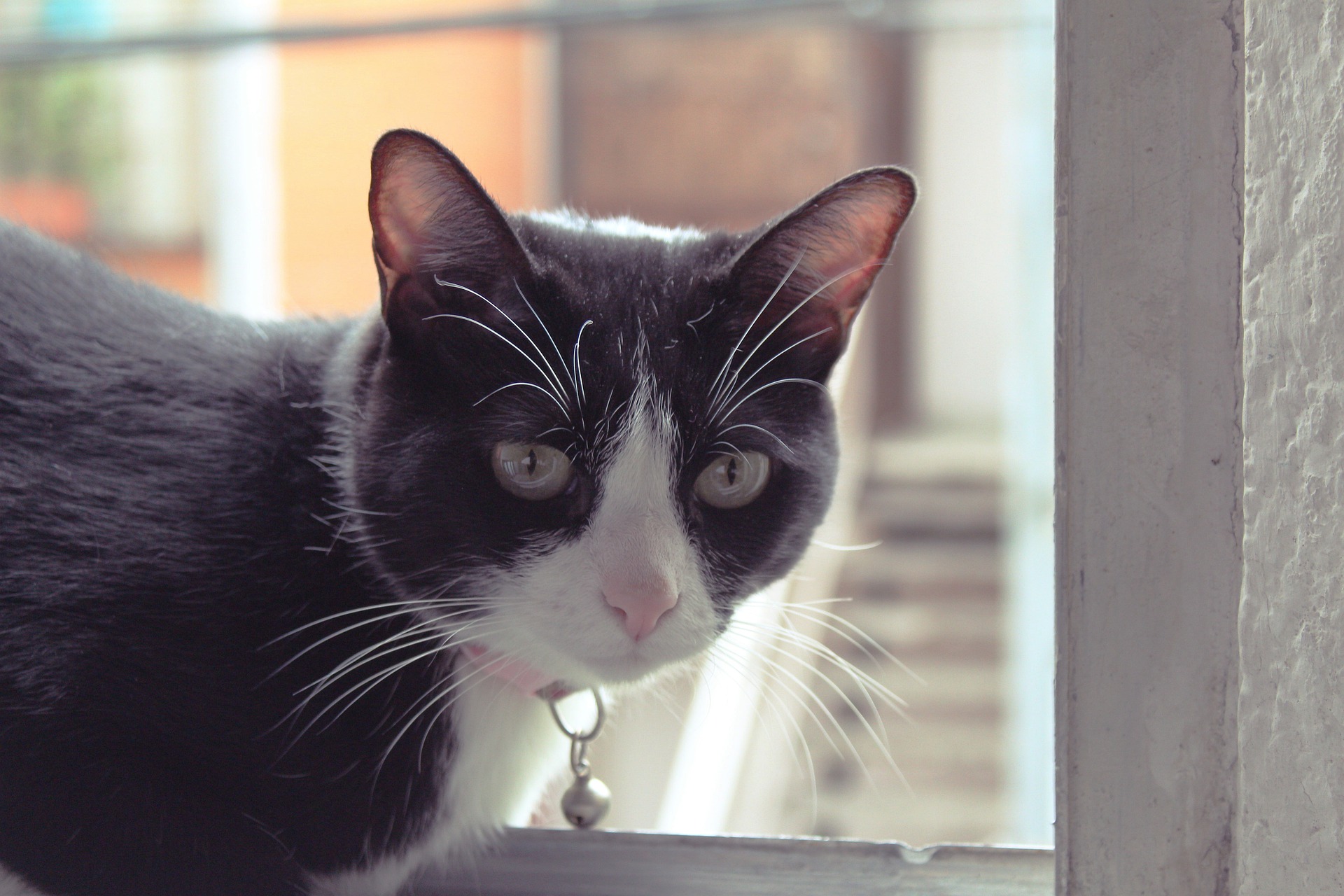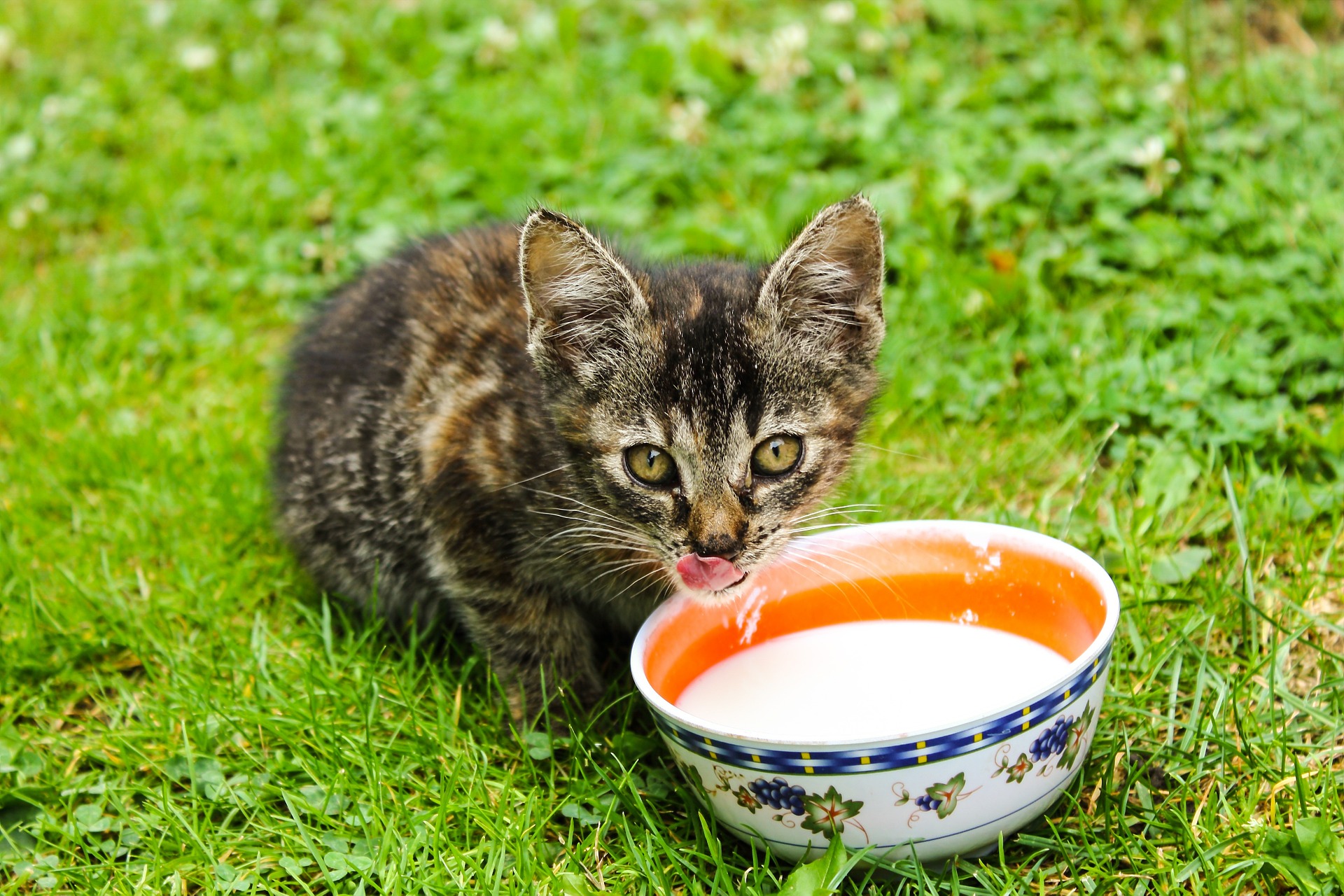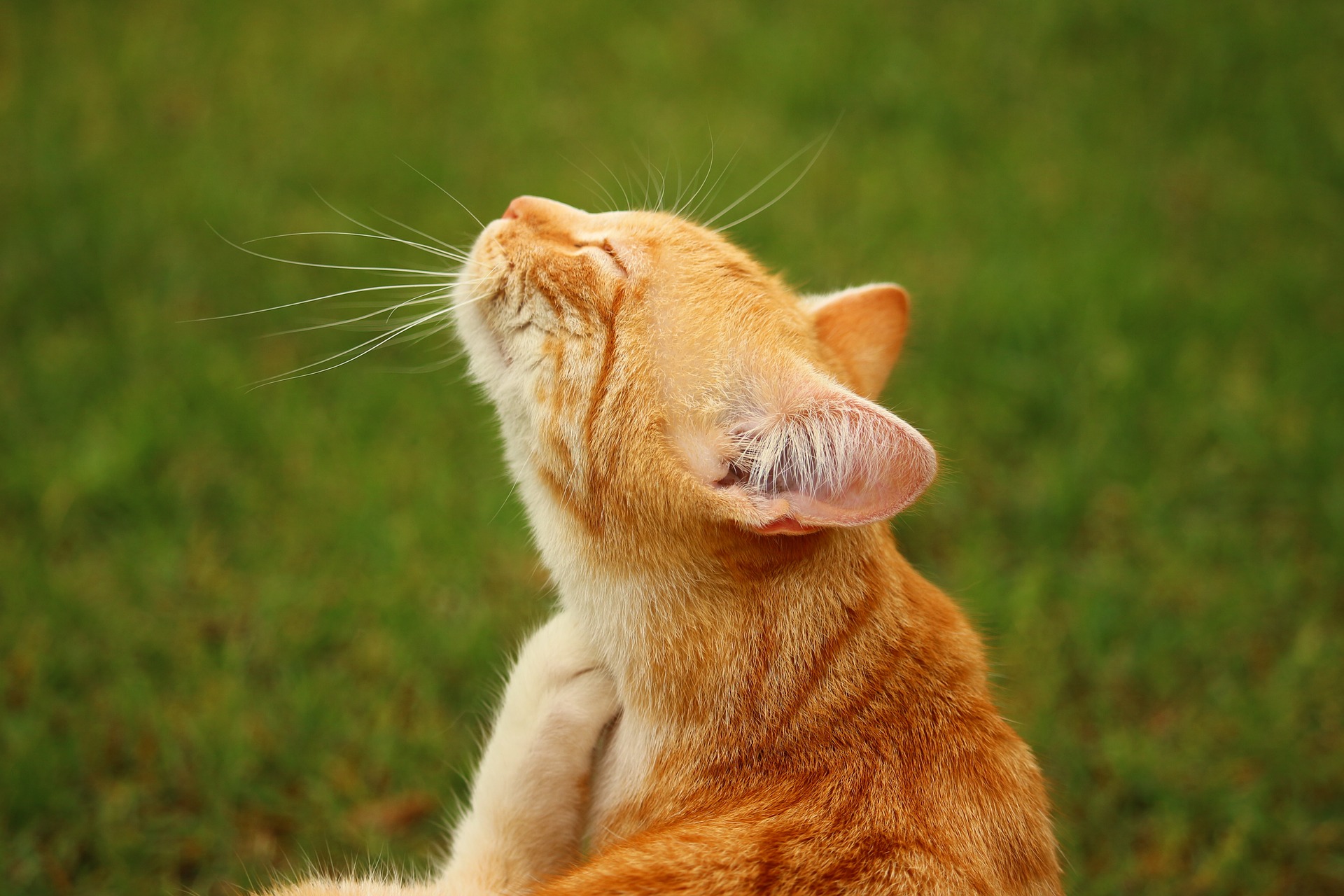Your indoor cat might seem safe and secure in your home, but that doesn’t mean he shouldn’t wear a collar. In fact, a collar is an important safety device that’s really suitable for any cat. When choosing a collar, it’s important to pick one that’s designed for comfort and safety. With the right collar and some extra preventive steps, you can keep your cat safe and will have greater peace of mind just in case he ever does escape. Plus, shopping for collars can be fun, and you’ll get to choose one that expresses your cat’s unique purr-sonal style.

Should indoor cats wear collars?
Traditionally, collars are designed for cats who spend time outdoors, but that doesn’t mean that your indoor cat shouldn’t wear one. In fact, wearing a collar is a valuable safety benefit for many indoor cats.
When your cat wears a collar, it indicates that he has a home. Attaching an identification tag to the collar means that anyone who is with your cat can call you.
This is particularly important in case your indoor cat ever escapes. Indoor cats can panic when they get outdoors, especially if they’ve rarely been outside before. This could cause your cat to run, and finding him again could be a challenge.
Because you won’t have time to put a collar on your indoor cat just before he escapes, it’s important for your cat to always wear his collar, just in case.
Tips for choosing the best indoor cat collar
The type of collar that you buy can affect your cat’s comfort and may make it more likely that he accepts the collar.
- If your cat has never worn a collar before, then look for one that is thin and lightweight. Choose an ID tag that is also small, and use just one tag, since two will add extra weight and can clang against each other as your cat moves.
- It’s important to look for a collar that has safety features, like a safety release. If your cat ever gets hung up on an object, that release should let go, freeing your cat and helping to prevent potential injuries. If your cat’s main collar will be a flea collar, then be sure that it also has a safety release and is designed with your cat’s comfort in mind.
- Don’t forget to make sure that any collar you use fits your cat appropriately. If your cat is a kitten, you’ll need to go through several collars and collar adjustments as your cat grows. Fit the collar so that you can get two fingers between it and your cat’s neck, which ensures your cat will be comfortable. If the collar contains elastic, remember that the elastic can wear out over time, so you’ll need to adjust the collar’s fit and might need to buy a new collar before too long.
Additional ways to keep your indoor cat safe
While collars provide a valuable visual sign that your cat has a family, it’s possible that your cat could lose his collar if he gets it hung up on an object outdoors. In this case, it’s important to have an additional mode of identification to ensure your cat comes home to you.
Microchipping your cat creates a form of identification that can’t fall off. If someone finds your cat and brings him to a vet or an animal shelter, that facility can scan your cat for a microchip. With your cat’s microchip number, the facility can look up your contact information in the microchip manufacturer’s database. As long as you keep that information current, the vet or shelter can contact you to reunite you with your found cat.
Microchips are easy to insert and are inexpensive. The next time you’re at the vet, ask your vet about having your cat microchipped. It provides one more layer of protection in case your cat ever escapes and gets lost.
Investing in a collar and training your cat to comfortably wear that collar can be an important step in ensuring your cat’s safety. Hopefully, your cat never does escape, but having a collar on if he does can help ensure that he’s returned to you, and it can even help speed up that process. With some time, your cat should come to accept the collar as a standard part of his wardrobe, and eventually, he’ll hardly notice that it’s there. Having your cat wear a collar can give you extra peace of mind knowing that you’re prepared for an escape, just in case.


